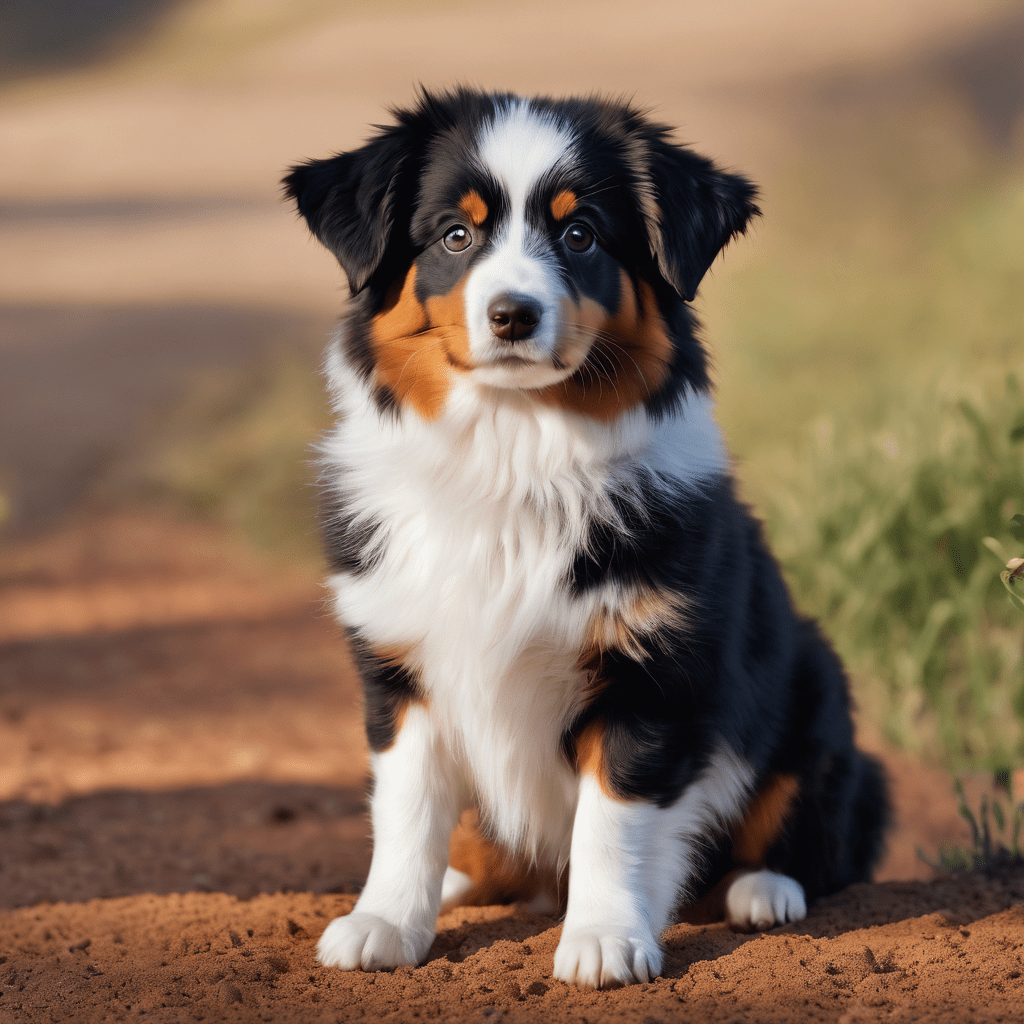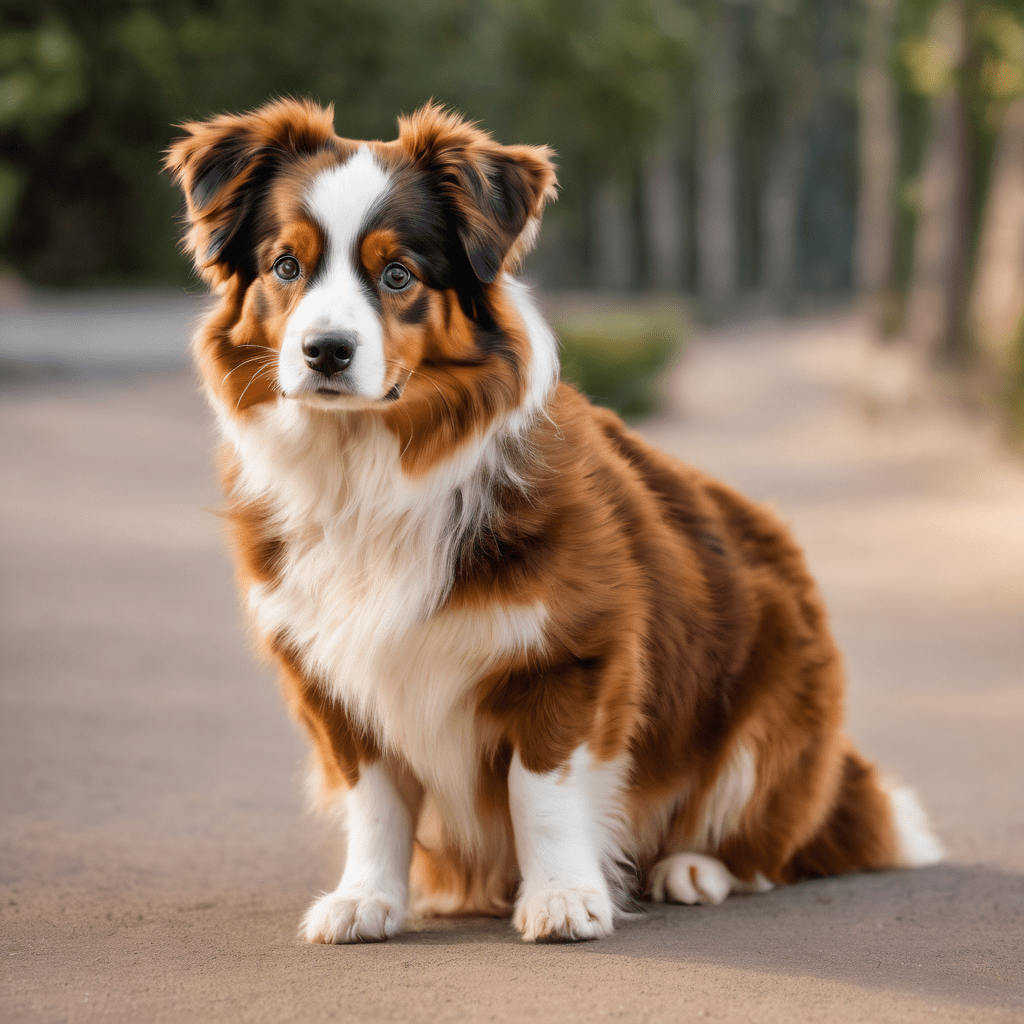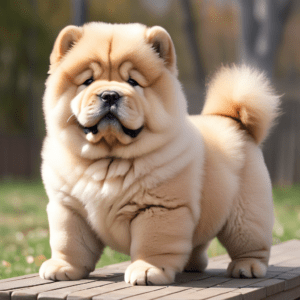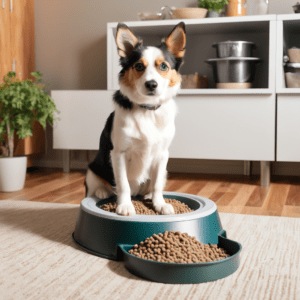How big do mini aussies get There’s a common misconception swirling around about miniature Australian Shepherds. Many believe that these pint-
sized pups are just small versions of their standard counterparts, destined to remain tiny throughout their lives. But let me debunk that myth right from the start.
The truth is, while mini Aussies are indeed smaller in stature compared to standard Australian Shepherds, their size can vary significantly. Today, we’re diving deep into the world of mini Aussie size to uncover the facts and dispel the myths.
Understanding Mini Aussie Size
Miniature Australian Shepherds, affectionately known as mini Aussies, are beloved for their intelligence, agility, and affectionate nature. But when it comes to their size, there’s often confusion.
Unlike some dog breeds with strict size standards, mini Aussies can range in size due to various factors. From genetics to environmental influences, several elements contribute to determining how big a mini Aussie will ultimately grow.
When considering the size of a mini Aussie, it’s essential to understand that there isn’t a one-size-fits-all answer. These adorable companions can exhibit a wide range of sizes, even within the same litter.
Factors such as genetics, breeding practices, and nutrition all play crucial roles in shaping the size of a mini Aussie.
Genetics, in particular, can significantly influence the size of a mini Aussie. Just like their larger counterparts, mini Aussies inherit certain traits from their parents, including size.
Breeders carefully select breeding pairs to produce offspring with desirable characteristics, but size can vary even within the same lineage.
Additionally, factors such as diet and exercise can impact a mini Aussie’s growth and development, further adding to the variability in size.
Despite the variability in size, mini Aussies typically fall within a certain height and weight range. On average, mini Aussies stand between 13 to 18 inches tall at the shoulder and weigh anywhere from 20 to 40 pounds. However,
it’s essential to note that these are just averages, and individual mini Aussies may fall outside of this range.
Average Size of Mini Aussies
Now that we’ve explored the factors that contribute to the size of mini Aussies, let’s dive into what constitutes an average size for these delightful dogs.
While mini Aussies can vary in size, there are some general guidelines to help prospective owners understand what to expect.
On average, mini Aussies typically stand between 13 to 18 inches tall at the shoulder. This height range is considerably smaller than their standard Australian Shepherd counterparts,
which can stand up to 23 inches tall. However, it’s important to remember that height alone doesn’t paint the full picture of a mini Aussie’s size.
In addition to height, weight is another crucial factor to consider when discussing the size of mini Aussies. On average, these pups weigh anywhere from 20 to 40 pounds,

making them significantly lighter than standard Australian Shepherds, which can weigh up to 65 pounds or more.
Despite these averages, it’s essential to keep in mind that individual mini Aussies may fall outside of these ranges. Some may be on the smaller end of the spectrum,
while others may be larger. Factors such as genetics, diet, and overall health can all influence a mini Aussie’s size.
When choosing a mini Aussie, it’s essential to consider your lifestyle and preferences regarding size. While some may prefer smaller, more compact dogs, others may enjoy the sturdier build of a larger mini Aussie.
Regardless of size, mini Aussies are known for their intelligence, loyalty, and playful demeanor, making them fantastic companions for individuals and families alike.
Growth Patterns and Predictions
Now that we’ve established the average size of mini Aussies, let’s delve into their growth patterns and how we can predict their eventual size. Understanding these patterns can provide valuable insights for both current and prospective owners.
Mini Aussies, all dogs, go through distinct growth stages from puppyhood to adulthood. During the first few months of life, they experience rapid growth, with their size increasing significantly week by week. However,
this rapid growth eventually slows down as they reach adulthood, typically around one to two years of age.
During the growth stages, it’s essential to provide mini Aussies with proper nutrition and veterinary care to support healthy development.
A balanced diet rich in essential nutrients is crucial for ensuring they reach their full potential size. Additionally, regular exercise helps promote muscle development and overall fitness.
While genetics play a significant role in determining a mini Aussie’s size, predicting their eventual size isn’t an exact science. However, there are some indicators that can provide clues about how big a mini Aussie may ultimately grow.
For example, observing their parents’ size can offer insights into potential size variations. If both parents are on the smaller side, it’s likely that their offspring will follow suit.
Furthermore, monitoring a mini Aussie’s growth rate and body condition can also help predict their eventual size. A steady growth rate and proportionate body development are indicators of healthy growth.
However, sudden spurts in growth or disproportionate body proportions may warrant a closer look from a veterinarian to ensure there are no underlying health concerns.
Nutrition and Size Management

Now that we’ve discussed the growth patterns and predictors of mini Aussie size, let’s shift our focus to the crucial role of nutrition in promoting healthy growth and managing size.
Proper nutrition is essential for supporting a mini Aussie’s overall health and development, including their size. A balanced diet that provides the necessary nutrients,
vitamins, and minerals is crucial for ensuring they reach their full potential size while maintaining optimal health.
When choosing a diet for your mini Aussie, it’s essential to select high-quality dog food that is specifically formulated for their size, age, and activity level.
Look for selections with actual meat as the main ingredient, and avoid filler and artificial additives.Additionally, consider consulting with your veterinarian to determine the best diet plan for your furry friend based on their individual needs.
In addition to feeding a balanced diet, portion control is also important for managing a mini Aussie’s size. Overfeeding can lead to excessive weight gain, which can put strain on their joints and organs and contribute to health issues such as obesity.
Be sure to follow feeding guidelines provided by the food manufacturer and monitor your mini Aussie’s body condition regularly to ensure they maintain a healthy weight.
Regular exercise is another crucial component of size management for mini Aussies. Providing ample opportunities for physical activity helps promote muscle development, burn excess calories, and maintain a healthy weight.
Activities such as walking, running, playing fetch, and agility training are all excellent ways to keep your mini Aussie active and engaged.
In addition to diet and exercise, it’s essential to monitor your mini Aussie’s overall health and well-being closely. Regular veterinary check-ups can help detect any potential health issues early on and ensure they receive timely treatment if needed.
By providing proper nutrition, managing portion sizes, and promoting regular exercise, you can help your mini Aussie reach their full potential size while enjoying a happy and healthy life by your side.
Genetic Influences on Size
As we’ve explored the importance of nutrition and size management, it’s also essential to understand how genetics play a significant role in determining the size of mini Aussies.
Genetics not only contribute to their physical appearance but also influence their size and overall health.
Mini Aussies inherit certain traits from their parents, including size-related genes. Breeders carefully select breeding pairs to produce offspring with desirable characteristics, including size.
However, despite their best efforts, predicting the exact size of mini Aussie puppies can be challenging due to the complex nature of genetics.

While genetics provide a foundation for a mini Aussie’s potential size, environmental factors can also influence their growth and development. Factors such as diet, exercise, and overall health can all impact how big a mini Aussie will ultimately grow.
Providing proper nutrition, regular exercise, and veterinary care are essential for ensuring they reach their full potential size.
It’s also important to note that breeding practices can impact mini Aussie size over time. Breeders who prioritize size over health may inadvertently breed for larger or smaller dogs, leading to potential health issues down the line.
Responsible breeding practices aim to produce healthy, well-rounded mini Aussies with a focus on both size and overall well-being.
While genetics play a significant role in determining a mini Aussie’s size, it’s essential to remember that they are just one piece of the puzzle. By providing proper care, nutrition,
and exercise, owners can help their mini Aussies reach their full potential size while promoting overall health and well-being.
Size Comparison and Myths
Size comparison between mini Aussies and their standard Australian Shepherd counterparts is a topic of interest for many prospective dog owners.
While mini Aussies are often considered smaller versions of standard Aussies, there are significant differences between the two breeds when it comes to size.
Standard Australian Shepherds are larger dogs, standing up to 23 inches tall at the shoulder and weighing up to 65 pounds or more.
In contrast, mini Aussies are smaller in stature, typically standing between 13 to 18 inches tall and weighing between 20 to 40 pounds on average.
These differences in size make mini Aussies a more suitable choice for individuals and families looking for a compact yet energetic companion.
Despite these clear distinctions, there are still myths surrounding mini Aussie size that deserve to be debunked. One common myth is that mini Aussies are simply undersized standard Aussies,
lacking the same intelligence and athleticism. However, this couldn’t be further from the truth.
Mini Aussies possess all the same intelligence, agility, and energy as their larger counterparts, just in a more compact package.
Another myth is that mini Aussies are fragile or delicate due to their smaller size. While it’s true that mini Aussies may be more petite compared to standard Aussies,

they are still robust and hardy dogs. With proper care and attention, mini Aussies can lead active and healthy lives just like any other dog breed.
Understanding the differences between mini Aussies and standard Australian Shepherds is essential for prospective owners to make informed decisions about which breed best suits their lifestyle and preferences.
By dispelling myths and providing accurate information about mini Aussie size, we can ensure that these delightful dogs receive the love and care they deserve.
Conclusion
As we come to the end of our journey exploring the world of mini Aussies and their size, it’s essential to reflect on the key takeaways and insights we’ve gained along the way.
From understanding the factors that influence mini Aussie size to debunking common myths and misconceptions, we’ve covered a lot of ground in our quest for knowledge.
One of the most important lessons we’ve learned is that mini Aussies are more than just their size.
While they may be smaller in stature compared to standard Australian Shepherds, they possess all the same intelligence, agility, and energy that make the breed so beloved.
Whether they’re romping through the backyard or participating in agility trials, mini Aussies are always up for an adventure.
We’ve also discovered that mini Aussie size can vary significantly due to factors such as genetics, breeding practices, and environmental influences.
While there are average height and weight ranges for the breed, individual mini Aussies may fall outside of these parameters.
It’s essential for prospective owners to understand this variability and choose a mini Aussie whose size aligns with their preferences and lifestyle.
Throughout our journey, we’ve emphasized the importance of responsible care and management when it comes to mini Aussie size.
From providing proper nutrition and regular exercise to prioritizing health and well-being, owners play a crucial role in ensuring that their furry companions reach their full potential size while maintaining optimal health.
As we bid farewell to our exploration of mini Aussie size, let’s carry forward the knowledge and insights we’ve gained into our interactions with these wonderful dogs.
Whether you’re a seasoned owner or considering bringing a mini Aussie into your home for the first time, remember to approach each day with love, patience, and a sense of adventure.
With the right care and attention, your mini Aussie will be by your side, bringing joy and companionship for years to come.












